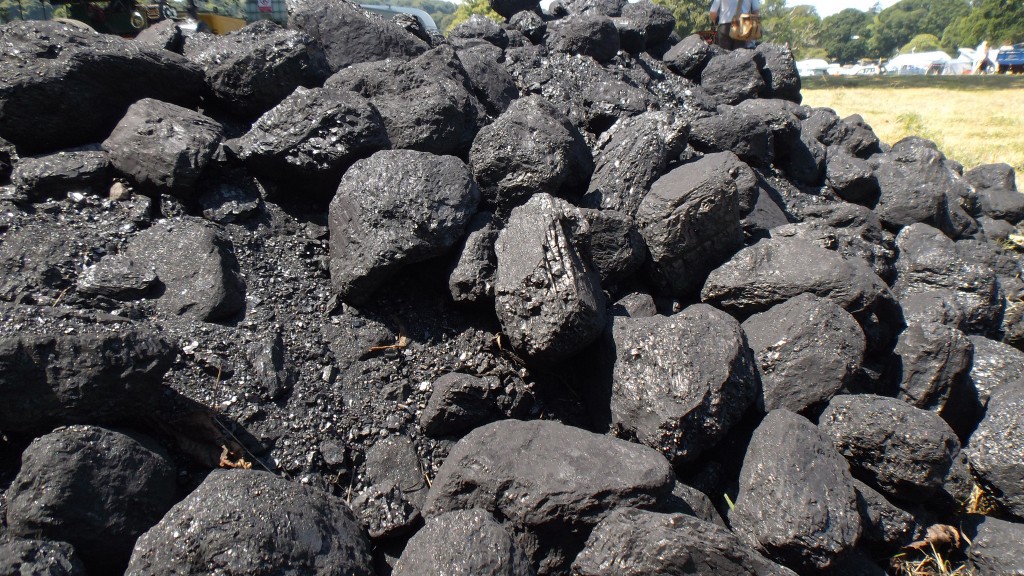China's air pollution is notorious, and anyone not aware of the extent of the problem got a graphic demonstration last week.
For about five days, Beijing essentially disappeared--enveloped in a cloud of smog.
Beginning Friday November 27, unfavorable weather conditions covered Beijing in clouds, which only abated when winds blew them away this past Tuesday.
DON'T MISS: China Alone Now Burns Half The World's Coal, New Data Reveals
On Friday, levels of PM2.5--particularly noxious particulate matter that can enter the bloodstream through the lungs--reached 17 times the World Health Organization's recommended limit.
And the smog problem only got worse from there, according to the Los Angeles Times.
By Monday, schools were closed, and drivers were using their headlights at noon.

China
So pollution was not only well above the United Nations' recommendation of 25, it was--literally--off the charts.
In the midst of all of this on Sunday, President Xi Jinping traveled to UN climate-change talks in Paris.
MORE: Beijing Adds Another Electric-Car Incentive: Rush-Hour Access To Any Road
In advance of his arrival, Chinese environment minister Chen Jining announced that the country had achieved "pollution-reduction targets for major pollutants outlined in its 12th Five-Year Plan, six months ahead of schedule."
By Tuesday, the Beijing smog had reportedly turned from gray to orange. But by Tuesday night, winds began blowing the noxious clouds away.
By Wednesday morning, the skies were clear again. To see the extent of the smog, check out the before-and-after photos published by the Los Angeles Times.

Coal, by Flicker user oatsy40 (Used Under CC License)
Beijing itself has restricted new-car registrations, and given priority for the remaining slots to electric cars and plug-in hybrids.
It also made electric cars exempt from a policy restricting the number of cars on its roads during rush hour.
But China does not have well-developed charging infrastructure, which has stymied the government's plans for widespread adoption of electric cars.
Then there's the massive extent of the pollution problem.
It was recently revealed that China was not accurately reporting how much coal it burned, and that the actual figure was 17 percent higher than previously stated.
That means China is actually responsible for half of the world's coal use.
_______________________________________________












